Diabetes Check Up & Advice
Improve your understanding and foot health condition as a Diabetic by booking an appointment today to see one of our Podiatrists at Sally Pembery Associates
Podiatry & Chiropody for Diabetics
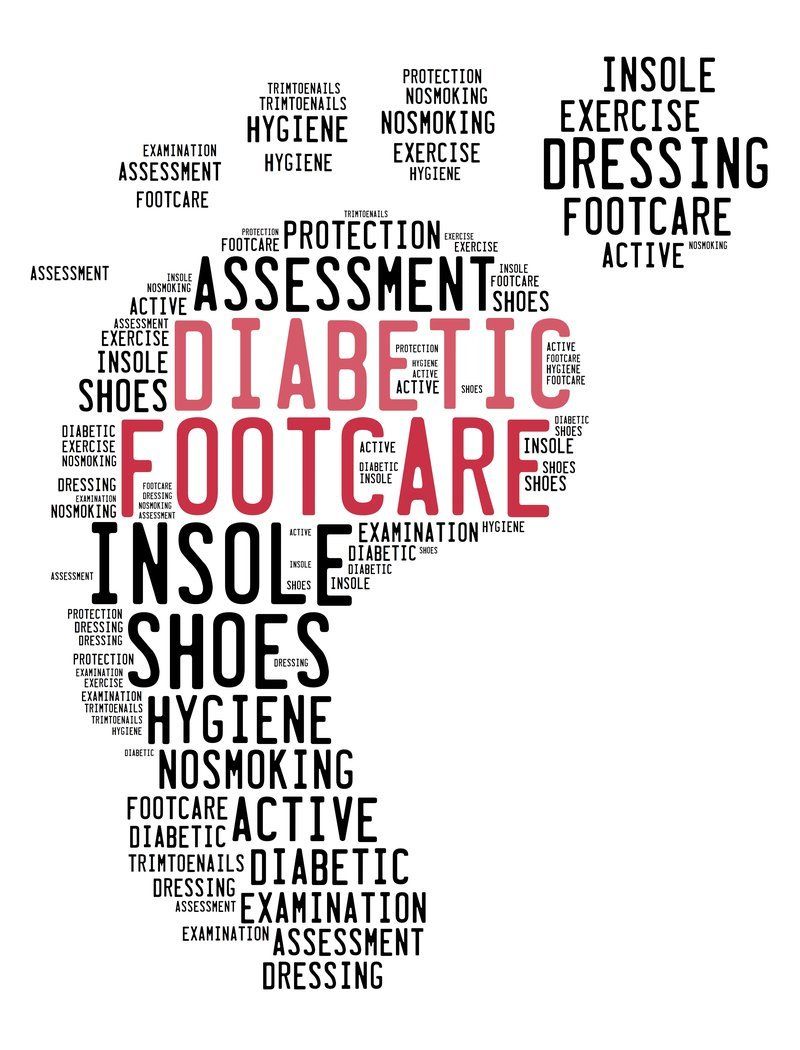
Diabetes is a lifelong condition that causes a person’s blood sugar to become to high. There are two types of Diabetes with Type 2 Diabetes being more common than Type 1.
Contact Us
Type 1 is where the immune system attacks & destroys the cells that produce insulin.
Type 2 – is where the body does not produce enough insulin or the bodies cells do not react to the insulin.
In addition there is Gestational Diabetes, when during pregnancy, some women have such high levels of blood glucose that their body is unable to produce enough insulin to absorb it all.
Podiatrists are an important part of your diabetes health care team. They are specifically trained to assess the nerve damage in your feet, understand the pressures on the soles of the feet and where they peak for the longest time. Thus, they identify your specific foot health risks, and help you come up with a treatment and prevention plan. This may involve treatment, advice about the best footwear, orthotics, insoles and how to look after your feet.
Am I at greater risk as a Diabetic?
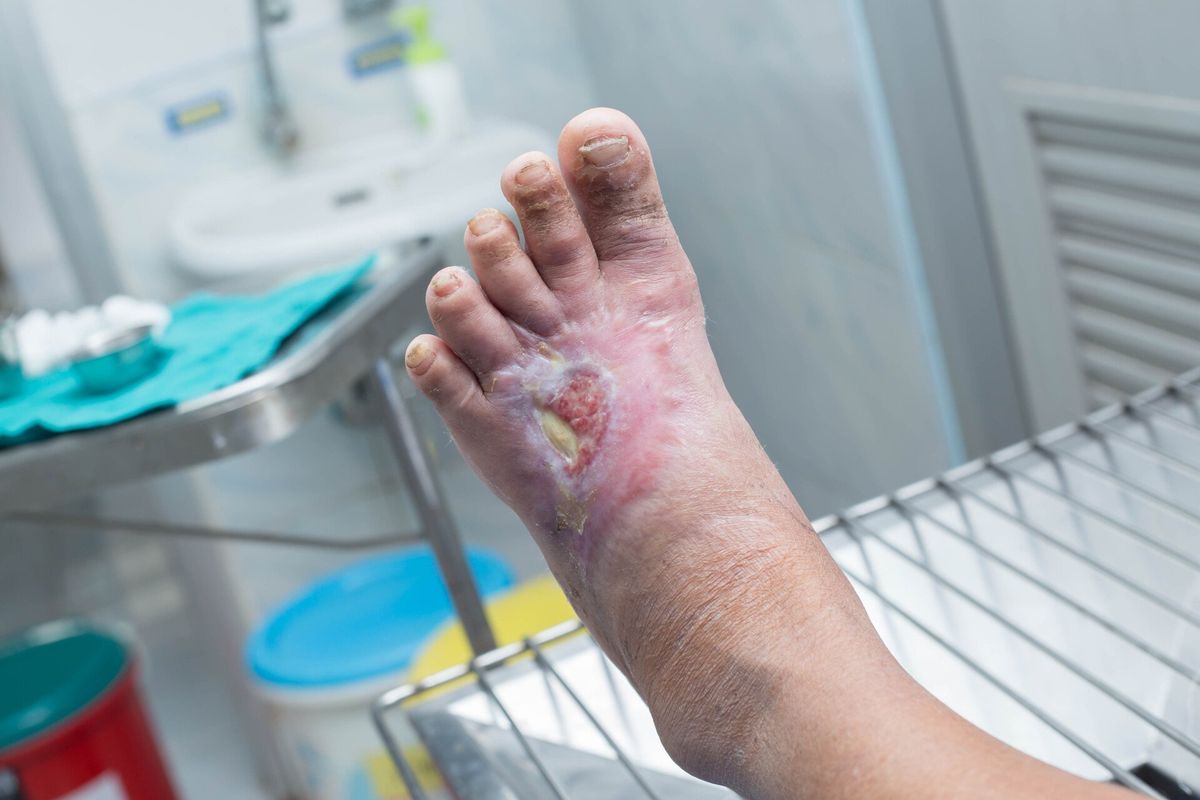
Unfortunately, yes. This is because raised blood glucose, also known as blood sugar, can damage the sensation in your feet. It can also affect your circulation, which can lead to you getting less blood supply to your feet. Without a good blood supply, you may have problems with cuts and sores not healing as well as they should. You may also get cramps and pain in your legs or feet. If you don’t get these problems treated, they could lead to infections, foot ulcers, and, at worst, amputations. Most foot problems can be prevented with good, regular foot care, following all advise given and good diabetic & blood sugar control. All diabetic patients should seek regular routine check-ups for their feet from a fully trained Podiatrist. If you spot something you are concerned about, like a cut or blister on your foot, please contact us.
Diabetic annual foot assessment
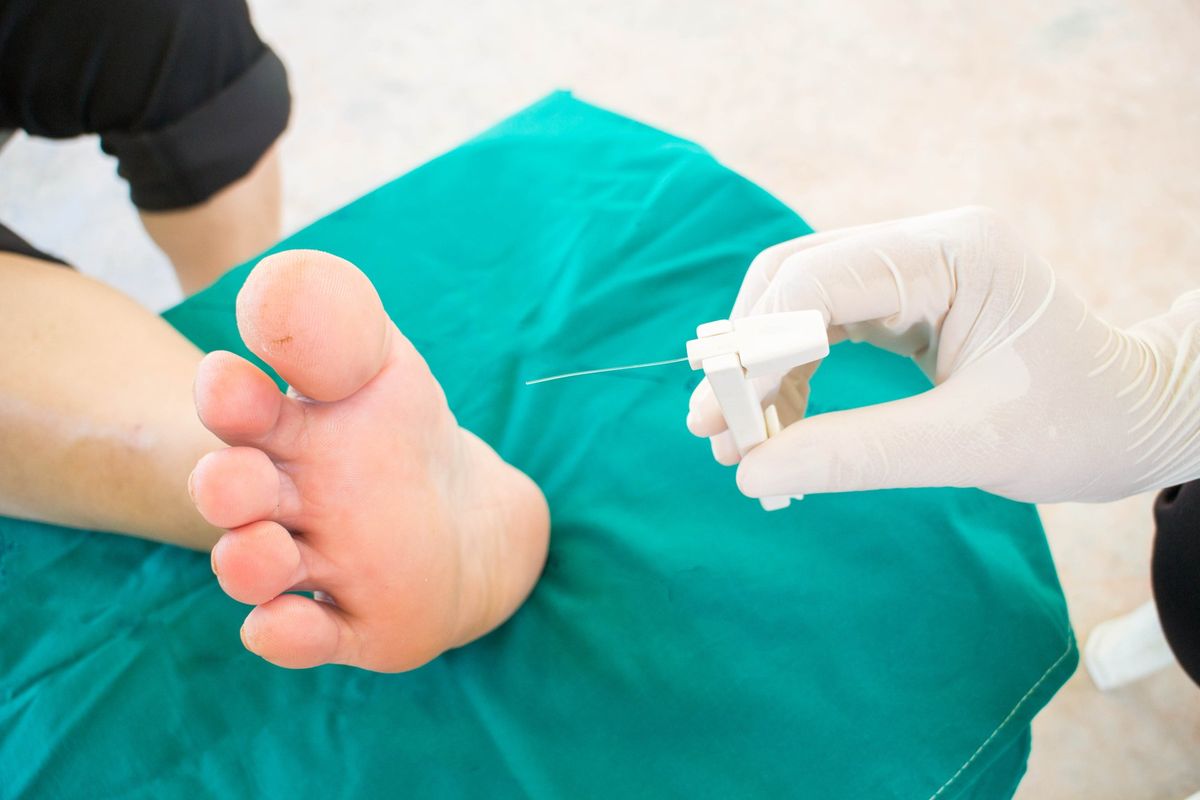
Often this check will be carried out at your GP practice. At Sally Pembery Associates our qualified practitioners offer a very thorough, enhanced assessment to ensure you get the best possible advice. This assessment includes:
- A visual inspection of the feet
- Shoe & Hosiery checks
- Pulses checked & Doppler check of pulses as necessary
- Discussion of your Personal 'Foot Risk'
- Vibration Sensation – Using a Tuning Fork
- Testing for numbness or changes in the sensations in the feet - for this we use a simple piece of equipment, a Semmes Weinstein Monofilament. Many practices will test your sense or feel to the standard monofilament test for Diabetes which is 10g. Sally Pembery Associates use an advanced set of monofilaments, meaning we advise you what you can feel, whether it be 10g, 12.5g, 15g or so on. This will advise what level of sensation loss you really have, not just what you don't have.
- Pressure Analysis – This part of the assessment is unique to Sally Pembery Associates, as it is not carried out as routine elsewhere. Please see below for more details.
Pressure Analysis
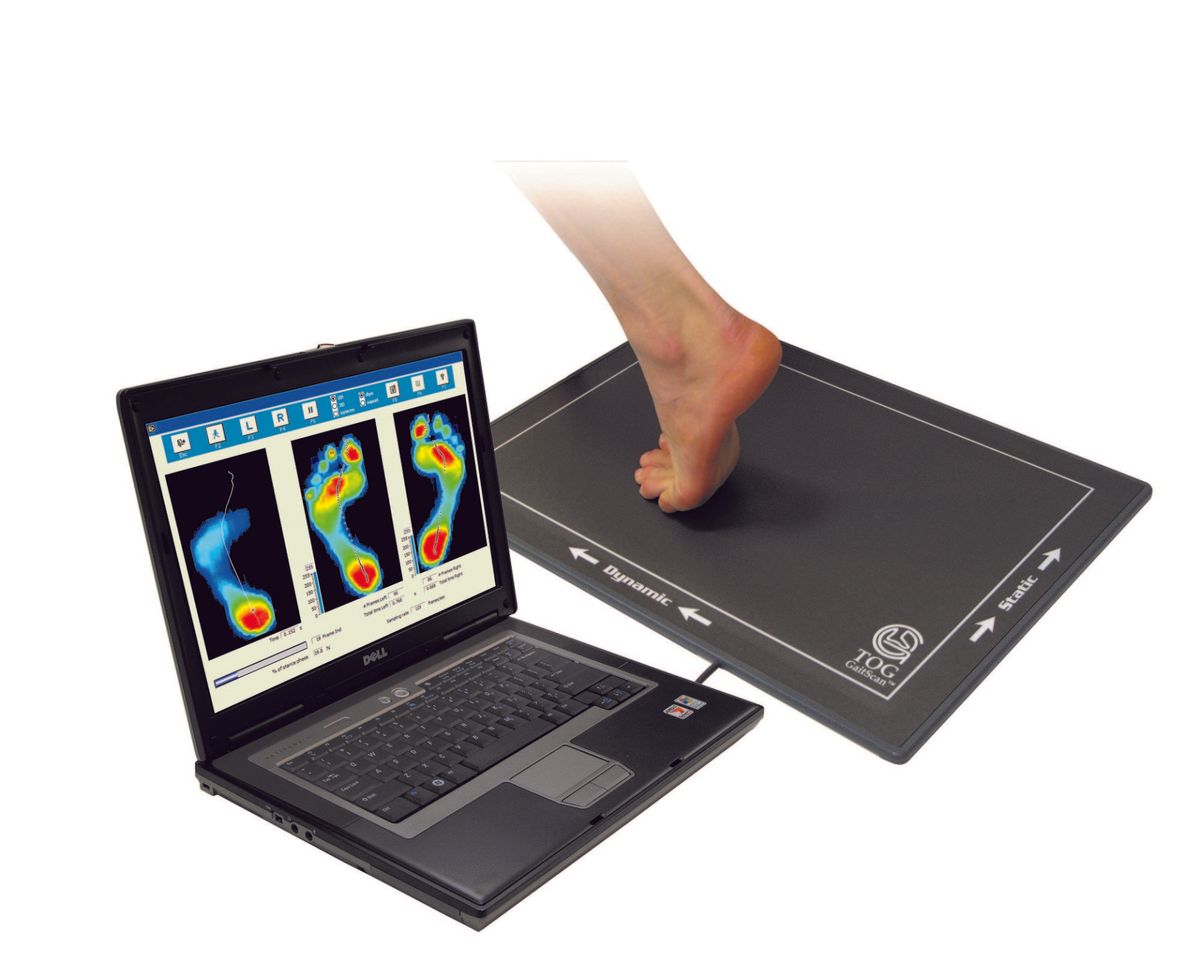
All patients having a Diabetic Annual Foot Assessment with Sally Pembery Associates will have this done to establish what high pressures there are in the feet and the timing of those pressures. This information is important to help avoid ulcerations & risk to feet and limb & is critical in further discussions of 'Personal Foot Risk'. At Sally Pembery Associates, we use state of the art clinical pressure analysis solutions to help investigate pressure & where exactly the highs and lows of pressure are on each foot as you stand & walk. By analysing these foot prints, a computer program can calculate your walking pattern, including walking speed, stride length, and step time. This data can additionally be used to identify asymmetries during the stance phase of gait, to review dynamic weight transfer and in combination with video gait analysis if necessary, can help to inform a tailored treatment package. This package might include exercises & stretches, orthotic therapy, simple insoles and or footwear evaluation.
Make an appointment
Signs of a serious foot problem
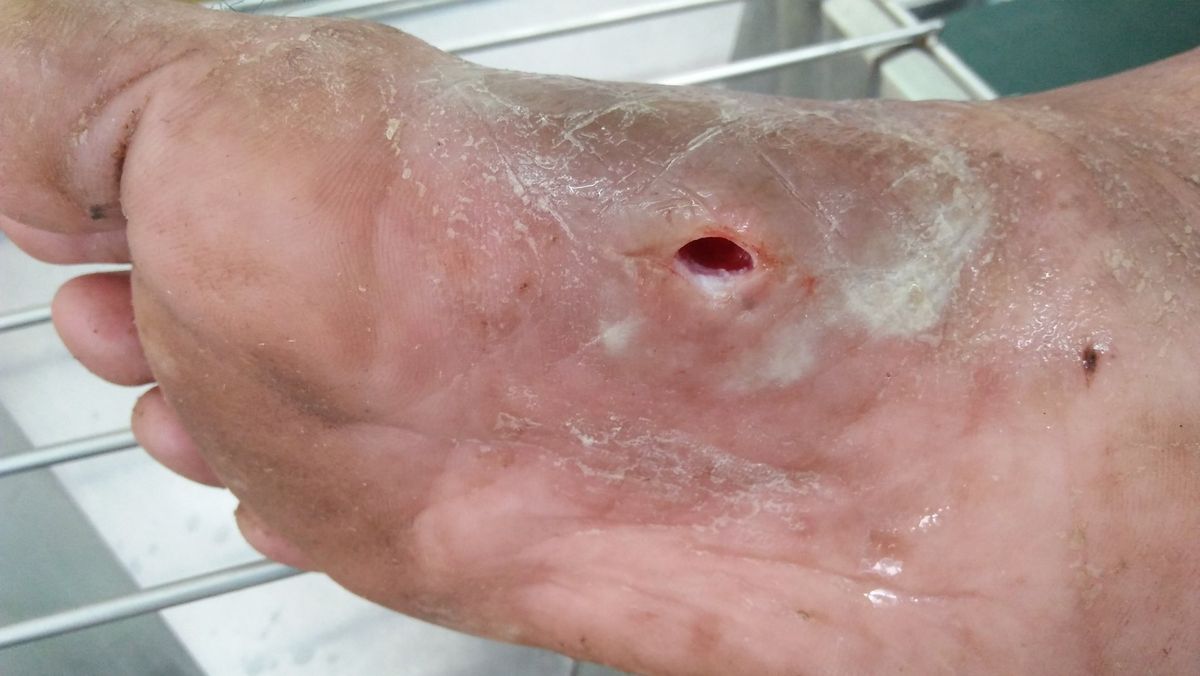
Having Diabetes means you are more at risk of a serious foot problem, especially is you have been told your level of risk is 'high'. High risk means that a minor problem on your feet could quickly escalate to something very serious, including amputation. You should be advised about your personal 'foot risk' at your Annual Check-up or Assessment. If you spot any of the following changes, you need to seek help:
Call us now for an appointment
- tingling sensation or pins and needles (like numbness)
- pain (burning)
- a dull ache
- shiny, smooth skin on your feet
- hair loss on your legs and feet
- loss of feeling in your feet or legs
- swollen feet
- your feet don't sweat
- wounds or sores that don’t heal
- cramp in your calves when resting or walking.
If you notice any of these changes below, speak to a member of the team urgently. We have emergency appointments every week, so call and talk to us immediately.
- changes in the colour and shape of your feet
- cold or hot feet
- blisters and cuts that you can see but don’t feel
- foul smell coming from an open wound
Looking after you & your feet to prevent problems
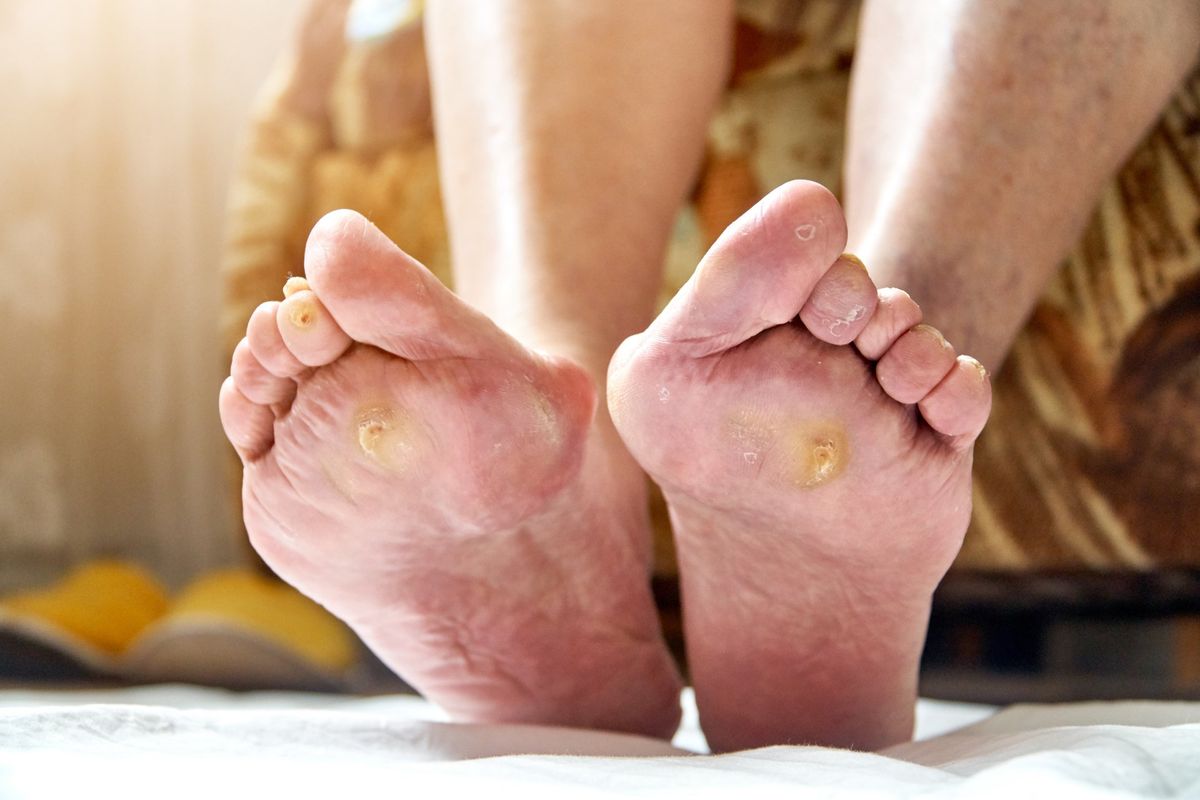
- Take care when cutting your toenails. If you find this difficult, we can help & give advice.
- Never use sharp implements, blades or corn plasters on your feet
- Make sure your footwear fits well and is appropriate – if unsure what is good, please contact us for appointment to get more advice
- If necessary or suggested, use a good orthotic designed to offload pressure points on your feet. Sally specialises in prescribing insoles/orthotics if you are unsure what type to use.
- Check your feet & use moisturising cream every day. We can offer a range of Gehwol Footcare products designed especially with you in mind.
- Manage your blood sugars, cholesterol & blood pressure well
- Use all medication as directed for your Diabetes specialist
- Ensure if your Diabetes is diet controlled, that you control your diet well
- Eat a healthy balanced diet every day & keep active
- If you smoke, get help to quit smoking
If you require ingrown toenail treatment, call us on




